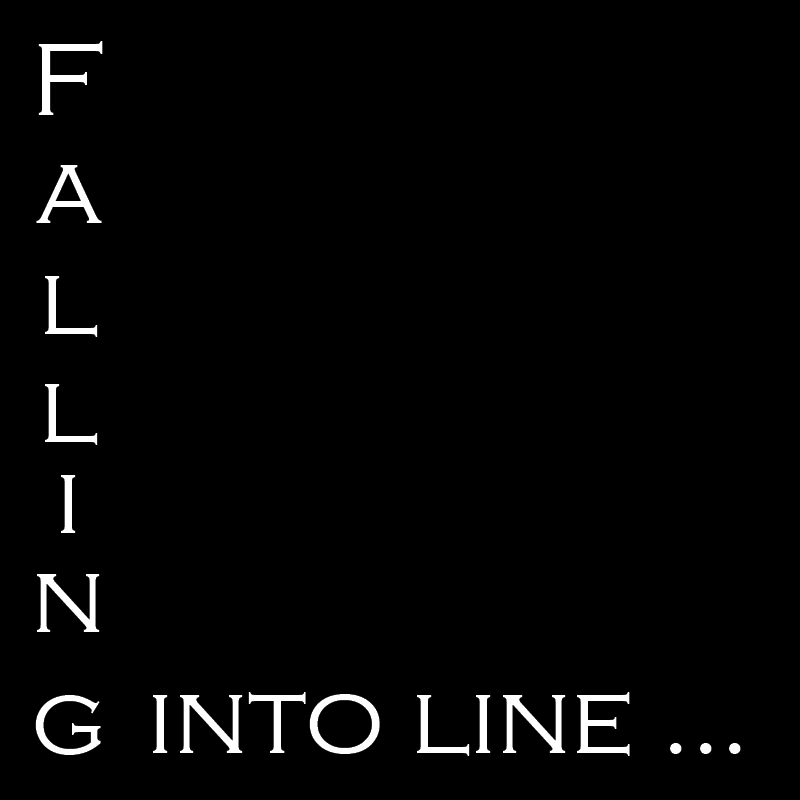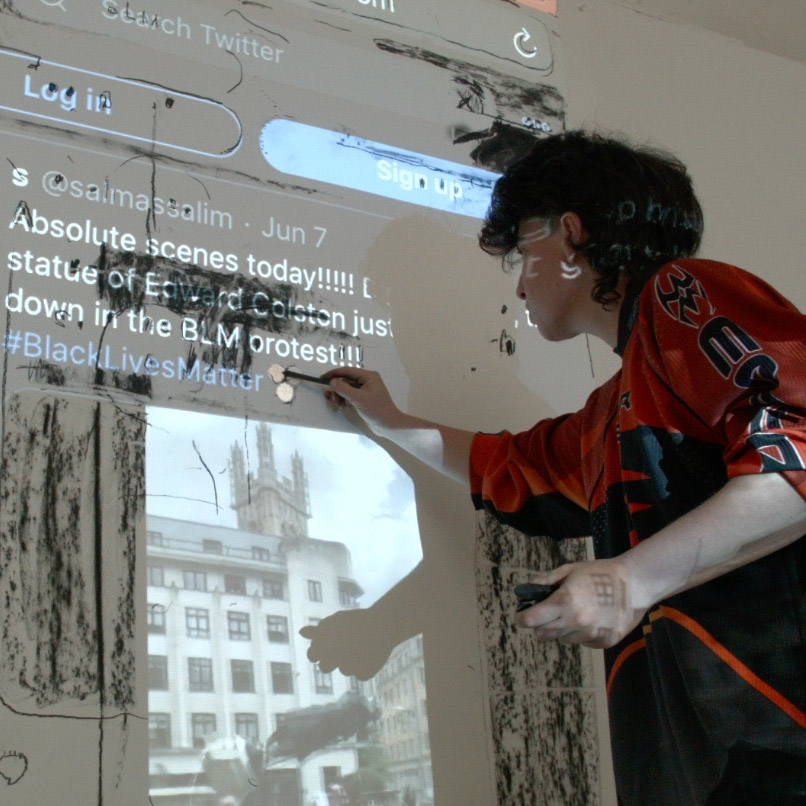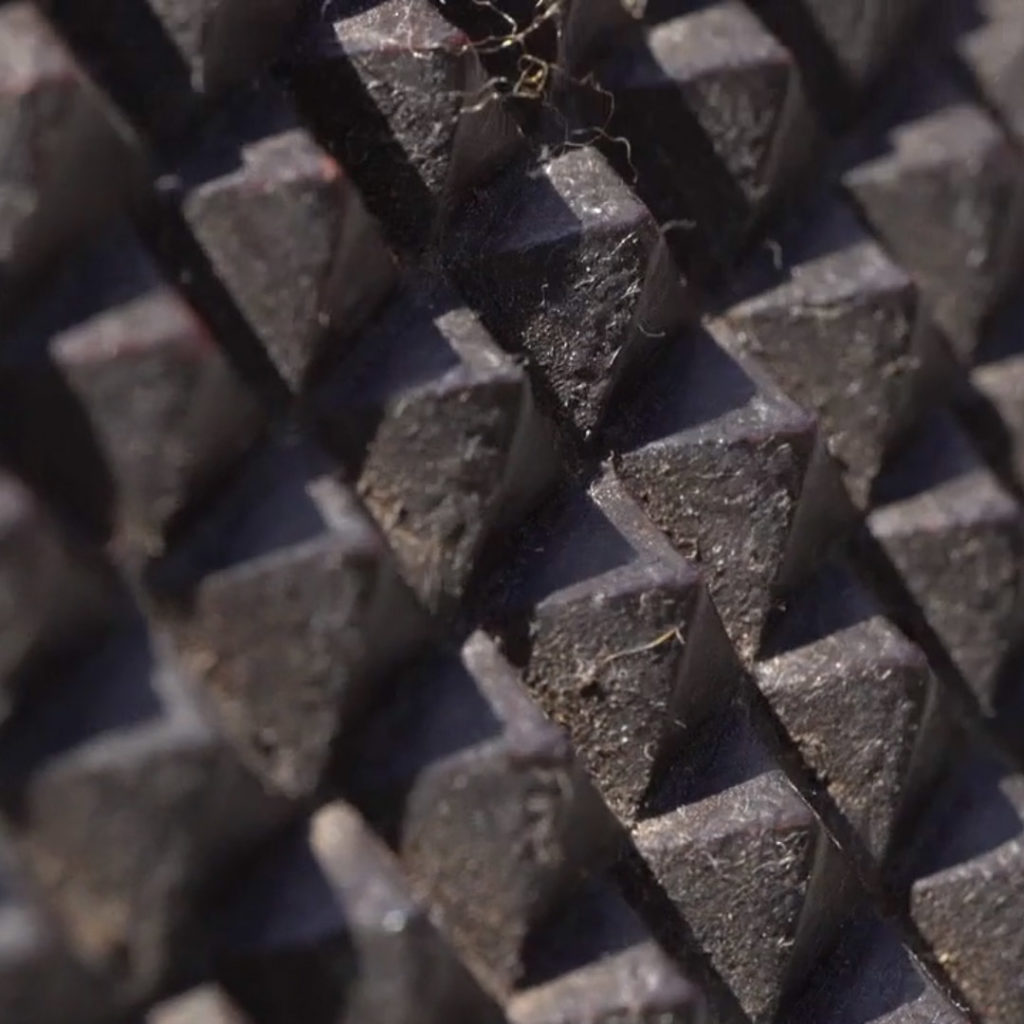Drawing On Line
—
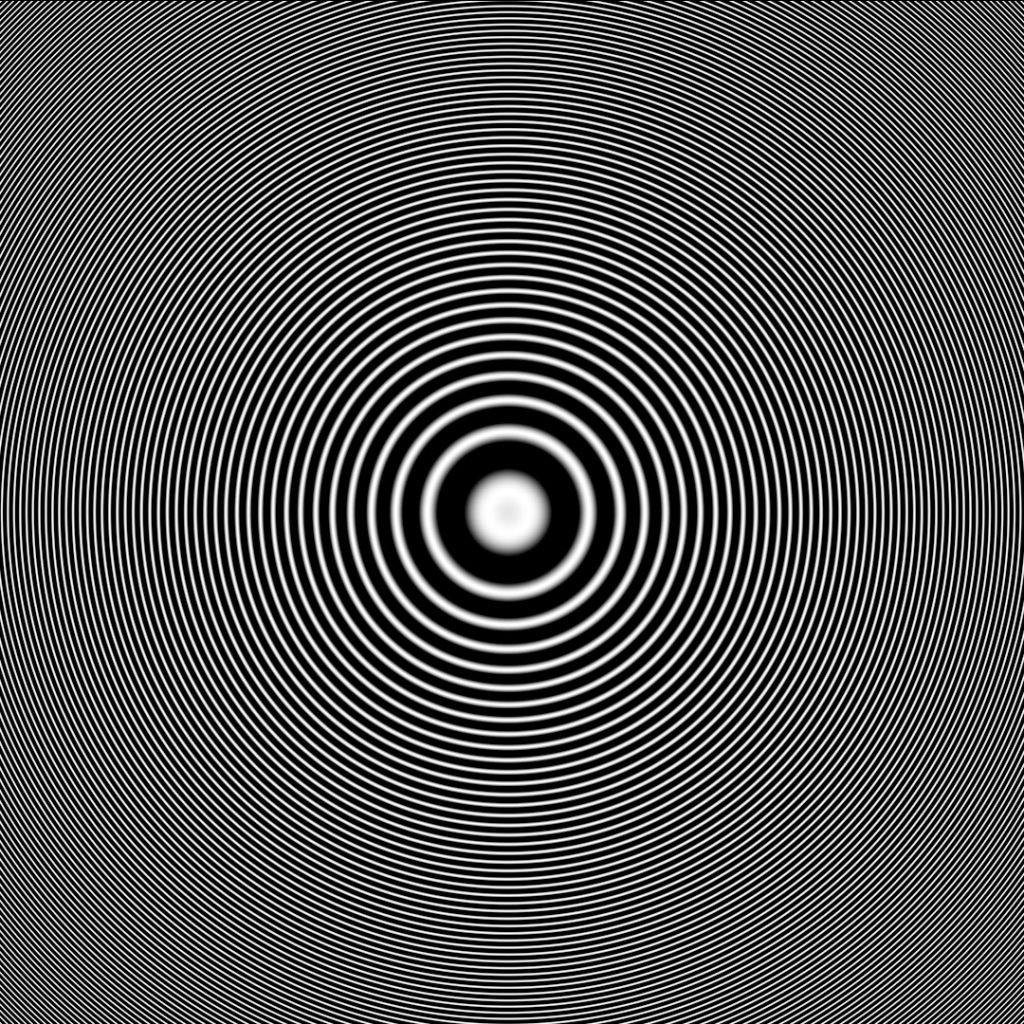

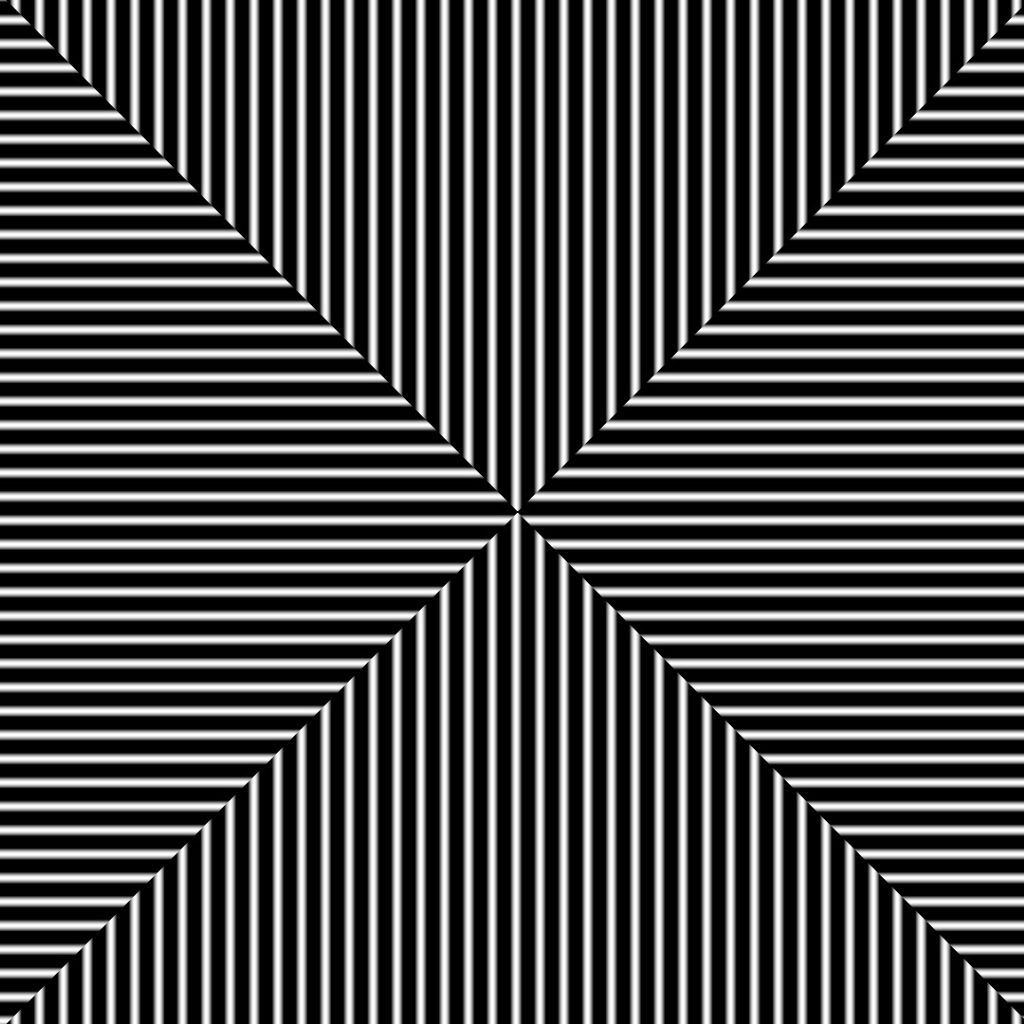
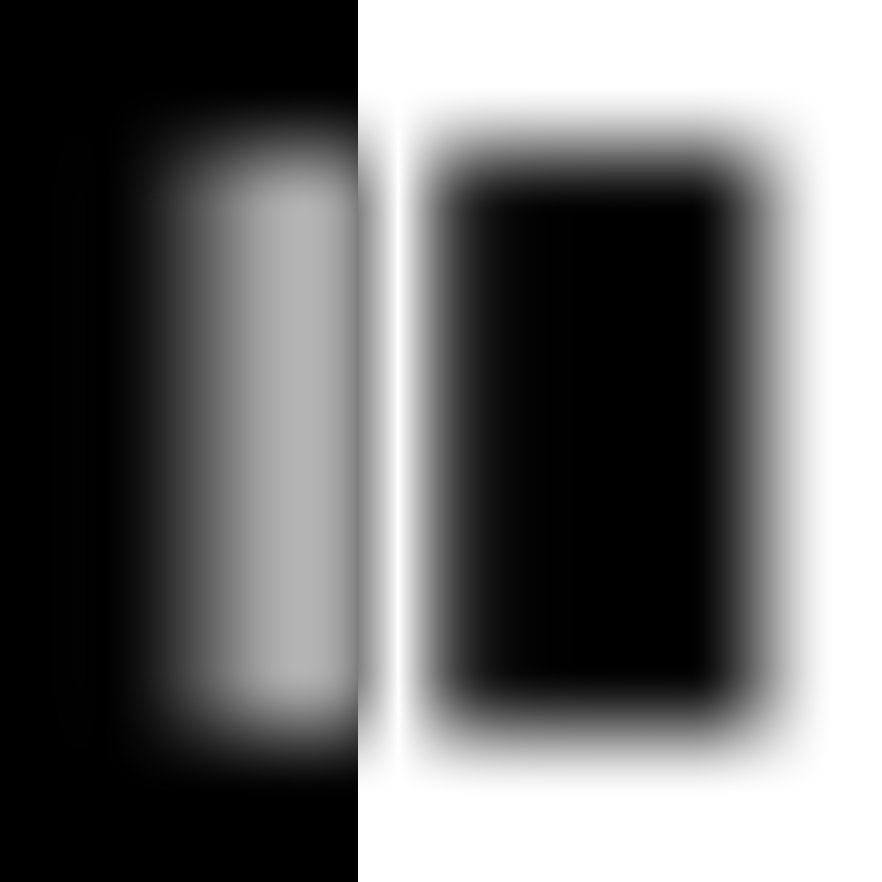
Present Histories
By Ben Denham
When I first emailed the artists regarding this exhibition I wrote that the pandemic might lead us think about how we can create for the online context in a way that isn’t seeking to reproduce the materiality of the work in space. I suggested that we might deal directly with the very different material of the digital and online spaces in a way that is also highly specific to the times we are living through. What I didn’t fully anticipate was that work that artists have created for this exhibition would have such strong historical resonances.
This is less surprising that it might seem. Current events have invited many historical comparisons. The pandemic has been compared to the 1918 flu. The Black Lives Matter protests have caused us to reflect on colonial histories and their associated civil rights and land rights struggles. Both the pandemic and the protests have led to reflections on the role of disease in the colonial invasion of indigenous lands.
An acknowledgement of country in this context also has new resonance. I acknowledge the people on whose land the NAS campus sits, Gadigal people of the Eora Nation. I pay my respects to all Gadigal elders past, present and future. I also acknowledge that this land, and the land of the more than 500 indigenous nations of this continent, has never been ceded. This continent always was and always will be Aboriginal land.
NAS alumni James Nguyen’s work Empty Deeds Cabinet addresses these colonial legacies. His video shows “a superb and rare Australian 19th century Queensland maple deeds cabinet”. In his narration he tells us that the cabinet was “acquired at auction” and the first half of the video could be a condition report to help us to decide whether to buy the cabinet from an online auction site. We see the cabinet being opened, we see close-ups of its carved surface, we see that it is empty. In fact the narration would seem to suggest that what we see in the first half of the video is part of a “comprehensive tactile condition report” that happens prior to the object being included in the “Nguyen Collection of Anglo-Australian Arts”. This collection “seeks to collect and preserve the significant cultural artefacts of Anglo-colonial Australia”. The video then turns to a poignant musing on the weight of the object.
The title Empty Deeds Cabinet is descriptive, the cabinet is empty, but a deed is also an action, and a binding legal document. In the legal sense deeds are often related to property, and in the colonial context these deeds are empty because they were drafted on the false assumption of terra nullius. The continent was never empty. The Black Lives Matter protests in Australia continue to draw attention to empty deeds; words and actions that fail in addressing the deeper injustices of this country’s present and its colonial past.
Current NAS student Yul Scarf address colonial legacies from a different perspective. In the work Still Life of a Falling Monument they draw in charcoal on paper over a projection of a screen recording from a phone. The screen shows a search on twitter, scrolling, then a post containing a video of the moment that a statue of slave trader Edward Colston was torn down by Black Lives Matter protestors on 7 June 2020 in Bristol, England.
The four videos that make up Yul’s work show different aspects of their relationship to this subject through the process of drawing. Erasure, How to approach a moving Object, Scrolling and Where were you when it happened? All invite the viewer to reflect in different ways on both their relationship to what is happening in the screen recording and on how Yul is approaching drawing this subject. The multiple understandings that come from these videos stand in contrast to way that monuments often present a single perspective of history one that reinforces power and erases historical injustices.
Multiple perspectives are also at the heart of Sydney-based artist Nola Farman’s work Falling Into Line. In this work Nola offers us four different accounts of a drawing of a young man that we never see. Marco Smudge, Noel Farina and Tra Tekram all praise the work. Smudge admires the quality of line, Farina calls it a “superbly skillful line drawing”, Tekram “an excellent drawing”. The one dissenting voice is Desirèe de Kikk. She swears and rails against the drawing, against the seduction by the kind of youthful beauty that the drawing seems to celebrate.
Taken together these different perspectives on the unseen drawing speak to the creation of consensus around works of art and the way that language can be a coercive force that can shape our ideas about beauty in art, particularly when those ideas are tied to the imperatives of the market. “This is what our collector wants” writes Tra Tekram.
Nola’s work also speaks to the history of text in art and art as text. George Brecht’s event scores and the instructional works of conceptual art come to mind. However, the context for Nola’s work is also literary. She draws on Portuguese poet Fernando Pessoa’s idea of the heteronym. Pessoa wrote under many names but insisted that they were not pseudonyms. He felt that the word heteronym better captured the independent intellectual life of these other identities. Desirèe de Kikk, Marco Smudge, Noel Farina and Tra Tekram are all heternonyms that Nola works with, and all of these heternonyms have lives in writing and art beyond their contributions to the work Falling Into Line.
The multiple is also at play in the works of Blue Mountains-based artist Naomi Oliver and NAS alumni Jack McAuley. Their works offer up permutations of code. In Naomi’s work Monochrome Monitor (Green on Black) we see the same code running to make four different drawings. The variations that we see are the product of randomness that is written into the code. Every time you reload the page you will see four new drawings all slightly different from one another but all sharing a resemblance that comes from their emergence from the same code.
Naomi has a long-standing interest in chance operations. In the past she has created work by opening video files as text, editing and saving them and reopening them as video files to see how her changes affect what we see. Naomi’s work resonates with a long history of chance operations in art (this is something that George Brecht wrote about in the 1950s and 60s). Her work for this exhibition also speaks to more recent history. The choice of colour for her work is a reference to the monochrome green monitors that were ubiquitous in the 1980s but that date back to the 1960s. The line drawings that Naomi creates with code remind us of the vector graphics that again first appeared in the 1960s and were popularised by computer games in the 1980s.
In his work Counter Scroll, Jack McAuley offers us five different iterations of code that produce variations in colour, line and form with new frames appearing in a familiar scrolling motion. What we see offers us an insight into Jack’s process. The differences between the five iterations of the code are all the product of small tweaks that Jack has made to explore the variations that are possible within and between the elements of code that he is working with.
This iterative approach to art making based on tweaking certain parameters is not confined to the code-based work that Jack is doing. Artists have long been engaged in this kind of incremental approach to experimentation and the creation of work and the degree of variation between works in a series is something that all artists must consider. A sustained and repeated engagement with any subject can produce this kind of variation but the more structured approach that we see in Jack’s work really came into focus in the 1960s with conceptual approaches to drawing like Sol LeWitt’s instruction-based works, and the first algorithmic art in which artist such as Frieder Nake spent days creating punch card programs for early computer printers.
These early algorithmic works were a kind of blind drawing with the artists working numerically rather than visually to create their works. This is still true of code-based art today, although the amount of time between tweaking the code and seeing the results has been drastically reduced.
Swiss artist Leander Herzog’s code-based work for this exhibition offers us another kind of insight into the process of creating art in this way. We can view the code that generates the works that we see here. While we may not understand the language that Leander having a look at the code can still offer the non-coder interesting insights. For example, viewing the code for the work OOO reveals an elegance behind this work. Just six lines of code generate an intense visual experience.
Leander’s works OOO and Obelisk, also point to another interesting art-historical reference point; op art. This is an example of what biologists would call ‘convergent evolution’. Two species arrive at a similar outcome through very different evolutionary histories. Flight in birds and bats is one example. Whereas Bridget Riley carefully plotted her works on graph paper to create the visual effects that we see in her canvases Leander never sought to create these effects. For him the connections to op art are simply a byproduct of the way that he is working with code. However, these connections can help us to think about Bridget Riley’s work in a new light. The graph paper that Riley used is a way to work it out compositions numerically in a process that is related to the kinds of numerical operations that have produced the code-based work in this exhibition.
Finally in relation to Leander’s work I want to point out the fact that his trajectory as an artist went from graffiti writing to working with code. This made me think about what these two forms of practice have in common. I think in both cases Leander’s work is an intervention in public space. On one level we can think about how code-based work that is freely online is a little bit like the street art of the internet. It shares with street art its accessibility beyond the traditional institution galleries and art spaces and is particularly relevant now as we think about art and drawing online.
How to draw a line, then, between the works in this exhibition? For all the works’ allusions to history what makes this show a response to the present? On a very general level I would suggest that it is this moment in time that allows us to think about all subject matter that I’ve discussed here together in this constellation and configuration of histories and materiality that we see here. On a more subjective level I would say that this show reflects important aspects of my experience online. When I scroll through my twitter feed I am just as likely to see the kind of video that Yul worked with in Still Life of a Falling Monument as I am to see one of Leander’s code based works. If we think about line as fundamental aspect of drawing, our experience online can cause us to reflect on how code can generate the more tangible lines that we see on the screen and how text, narration and images can make us reflect on the less tangible lines that connect us to history and the unseen. My hope is that the works in this exhibition might make us think slightly differently about the materiality of our online experience in a way that fosters a critical engagement with our online viewing.

